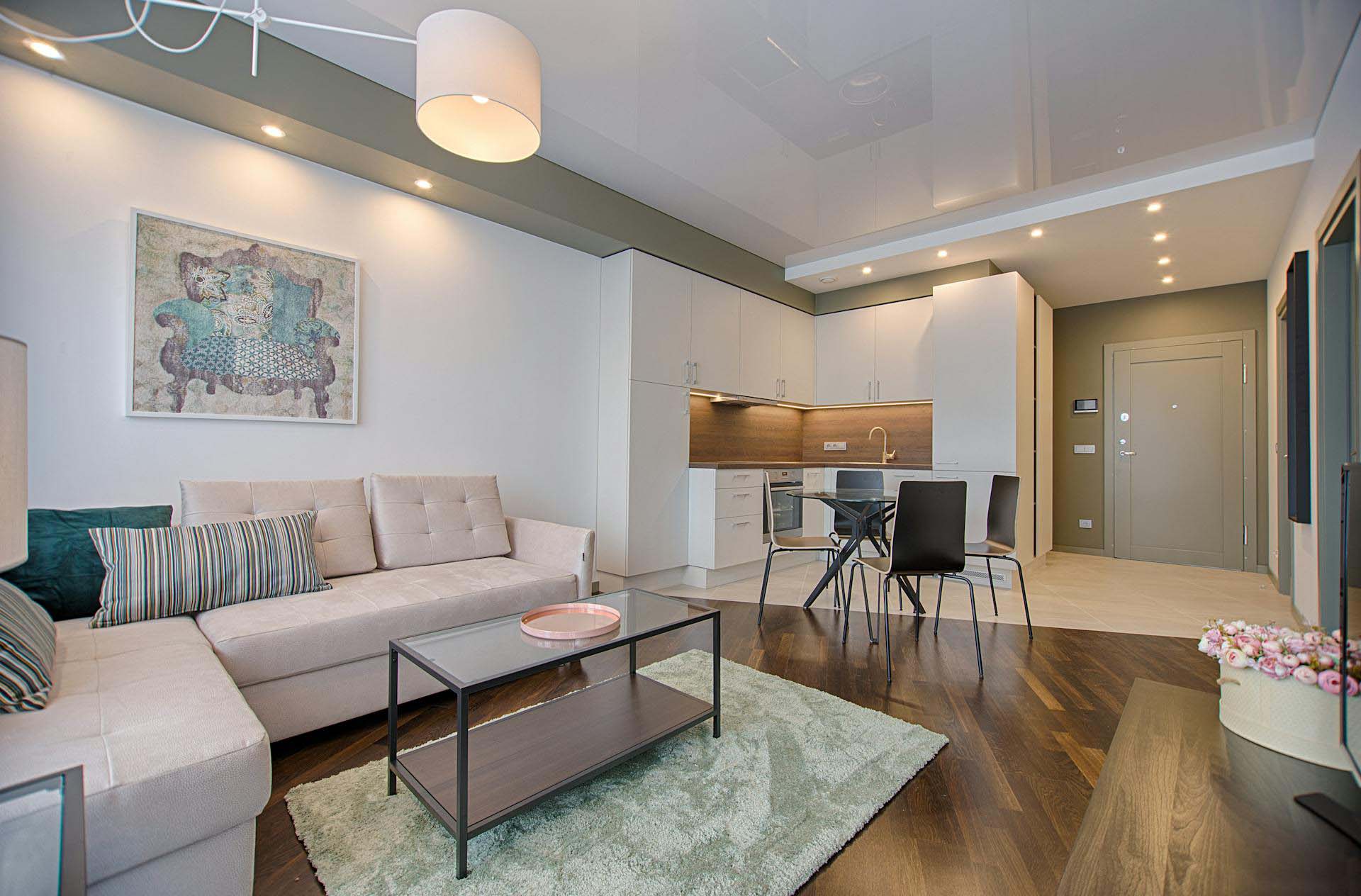In recent years, the Province of British Columbia has recognized an urgent need to address a growing housing crisis. In response, significant changes in land use and planning legislation have been introduced to expedite housing approvals and facilitate higher density in communities. This blog post delves into these legislative changes, their implications for the District of North Vancouver, and the necessary adjustments that local governance must undertake to comply with provincial directives.
Provincial Directives and Local Responsibilities
The provincial government has implemented a series of legislative changes aimed at increasing housing density and streamlining the approval process. This effort includes amendments to existing laws and the introduction of new policies affecting land use and housing development across British Columbia. Our focus will be on two primary areas of impact: small-scale multi-unit housing and transit-oriented development areas.
Historical Context and Current Framework
North Vancouver has a long history of urban development, evolving over more than a century into a significant urban center within the North Shore. The district operates under an Official Community Plan (OCP) established in 2011, which outlines a vision for increased density within key growth centers: Lion’s Gate, Lynn Valley, Lynn Creek, and Maplewood. These centers are interconnected by major transit and transportation corridors, forming the backbone of planned urban growth.
Housing Supply Act and Targets
The Housing Supply Act, introduced in the spring of last year by Minister Ravi Kahlon, mandates specific housing targets for communities across the province. For North Vancouver, the target is the completion of 2,838 housing units within five years. This target is set against a backdrop of historical performance, with the district having seen 3,559 housing starts over the past five years. This ambitious yet achievable goal underscores the province’s commitment to addressing the housing crisis head-on.
Changes in Public Consultation Procedures
A notable change brought by recent legislation is the modification of public hearing requirements for residential developments. As of November last year, public hearings are no longer required if the sole purpose of rezoning is residential development or if at least 50% of the floor area in a mixed-use project is residential. This shift aims to streamline the approval process, though public hearings may still be held for commercial or industrial rezonings or where an Official Community Plan amendment is involved.
Housing Needs Report and Long-term Planning
The province now requires that housing needs reports project out 20 years, a shift from the previous five-year outlook. North Vancouver’s current housing needs report, adopted in July of last year, identifies growth needs for the coming five years. By the end of 2025, the OCP and zoning bylaws must also reflect a 20-year growth capacity, necessitating comprehensive updates to align with these long-term projections.
Small-Scale Multi-Unit Housing (SSMU)
One of the most impactful changes is the introduction of small-scale multi-unit housing (SSMU), referred to colloquially as “smoo.” This policy requires that traditional single-family and duplex zones be replaced with zones permitting three, four, or six units per lot. For lots approximately 3,000 square feet or larger, four units must be allowed, and in areas near frequent transit, six units must be permitted.
The district has a history of progressive infill strategies, having allowed secondary suites since the 1990s and more recently permitting coach houses and small lot infill. The SSMU policy builds on these foundations, pushing for even greater density.
Examples and Implementation
The province provides examples of four- and six-unit buildings to illustrate potential developments under the new zoning. It is crucial to note that not all properties will be redeveloped overnight; the transition will be gradual, with the province estimating an addition of about 130,000 units across BC due to SSMU implementation.
Key considerations for SSMU include increased building heights up to three stories, managing groundwater impacts, and ensuring access and adaptability for future changes. The district must also consider environmental and hazardous conditions when applying SSMU zoning, exempting areas prone to flooding, land movement, and wildfire risks.
Exemptions and Hazard Considerations
Certain areas will be exempt from SSMU due to various constraints. These include:
1. Land Outside the Urban Containment Boundary: Alpine lots and forested lands not meant for urban development.
2. Heritage Conservation Areas: Zones protected for their historical significance.
3. Unserviced Land: Areas not connected to water or sewer infrastructure.
4. Large Lots: Parcels over an acre in size.
5. Hazardous Conditions: Regions prone to environmental hazards like flooding, land movement, and wildfire risks.
North Vancouver has identified these exempt areas and plans to adjust zoning accordingly to prevent increased density from exacerbating existing hazards.
Mapping and Analysis
Detailed analysis has been conducted to identify feasible areas for SSMU development. The district has mapped out single-family neighborhoods, highlighting those where four or six units can be accommodated.
– Green Zones: Areas where servicing for additional density is likely more feasible, such as Norgate, Pemberton, parts of Lynn Valley, and the Keith-Lynn area.
– Blue Zones: Areas where servicing is likely more challenging due to existing infrastructure constraints.
Transit-Oriented Areas (TOAs)
Another significant legislative change involves the designation of Transit-Oriented Areas (TOAs), requiring increased height and density in proximity to transit stops. For North Vancouver, this applies to Phibbs Exchange in Lynn Creek and Capilano University.
Within a 200-meter radius of these transit hubs, the district must allow up to 12-story buildings with a floor space ratio (FSR) of four. Within a 400-meter radius, up to eight-story buildings with an FSR of three must be permitted. Additionally, the district cannot mandate parking requirements for residential developments in these areas, although developers can choose to provide parking voluntarily.
Implications for Future Development
These TOA regulations will significantly alter the urban landscape around key transit nodes, encouraging higher density and reducing reliance on car travel. The district has identified specific parcels within these radii where the new zoning will apply, planning for substantial changes in land use and building height.
Community Engagement and Next Steps
The district recognizes the need for community engagement and transparent communication as these changes unfold. By June 30, 2024, bylaws related to SSMU and TOAs must be enacted. Following this, the housing needs report and updates to the Official Community Plan and zoning bylaws must be completed by the end of 2025.
Community involvement will be critical in shaping these updates, ensuring that growth is managed sustainably and meets the needs of current and future residents. The district plans to conduct further consultations and provide detailed information to residents and stakeholders, fostering a collaborative approach to urban development.
Conclusion
The legislative changes introduced by the Province of British Columbia mark a significant shift in how housing and land use are managed in North Vancouver. By increasing density through SSMU and TOAs, the district aims to address the housing crisis while promoting sustainable urban growth. These changes, while ambitious, offer an opportunity to create a more inclusive, dynamic, and resilient community.
As North Vancouver navigates these transformative changes, ongoing dialogue with residents and careful planning will be essential. The district is committed to ensuring that new policies reflect the community’s needs and values, paving the way for a vibrant and sustainable future.




